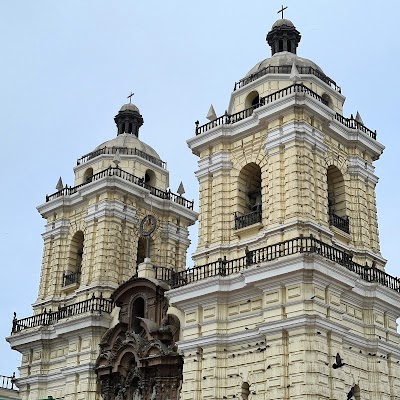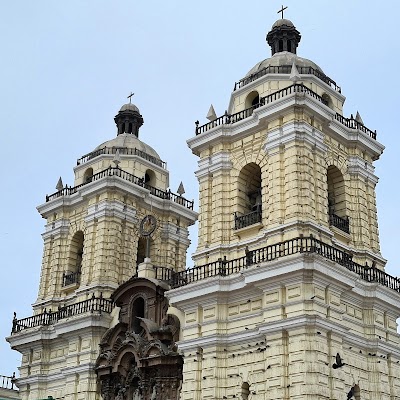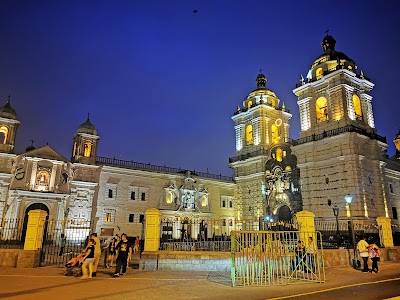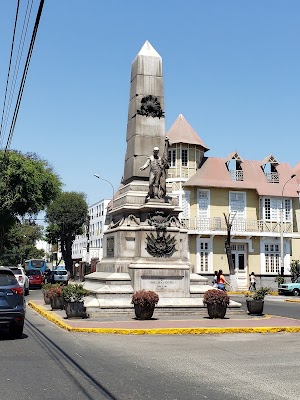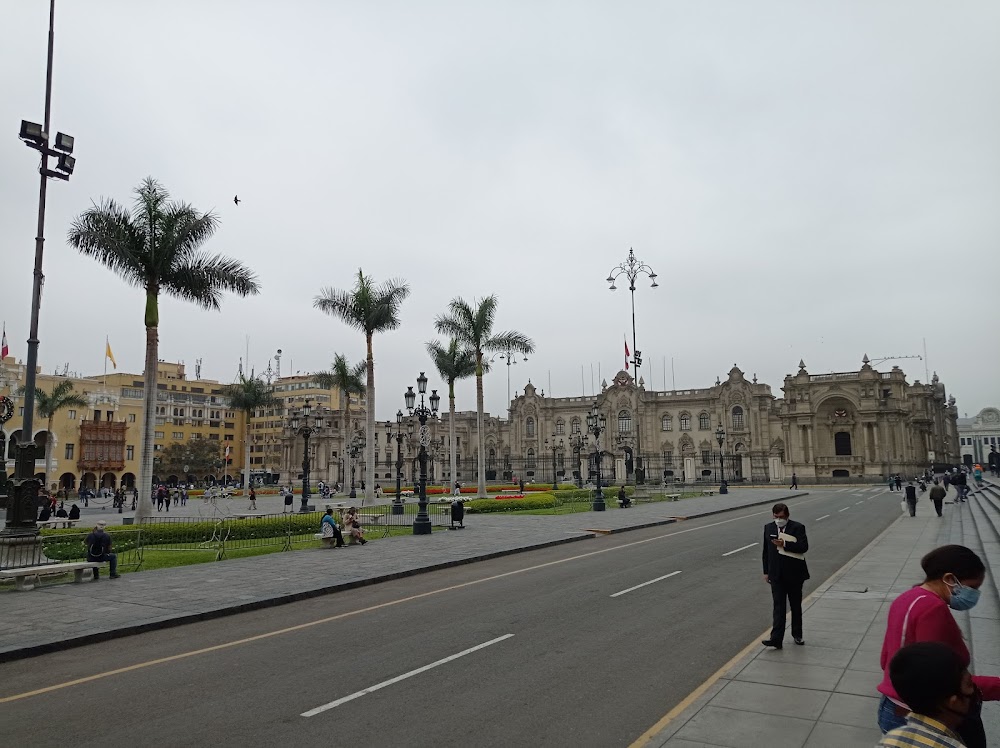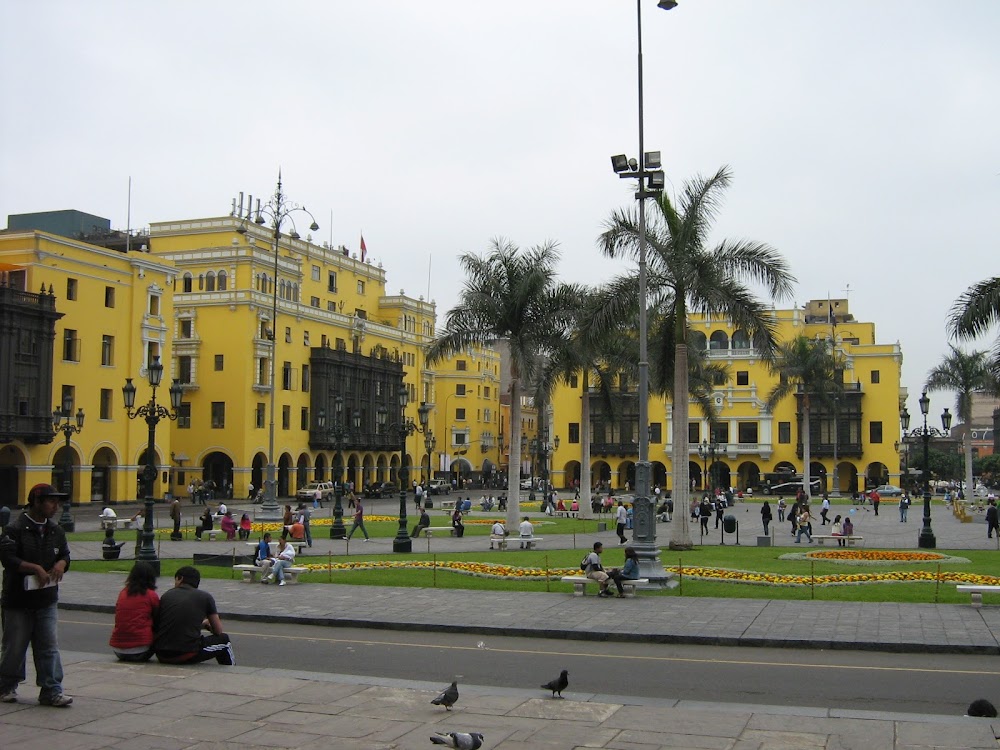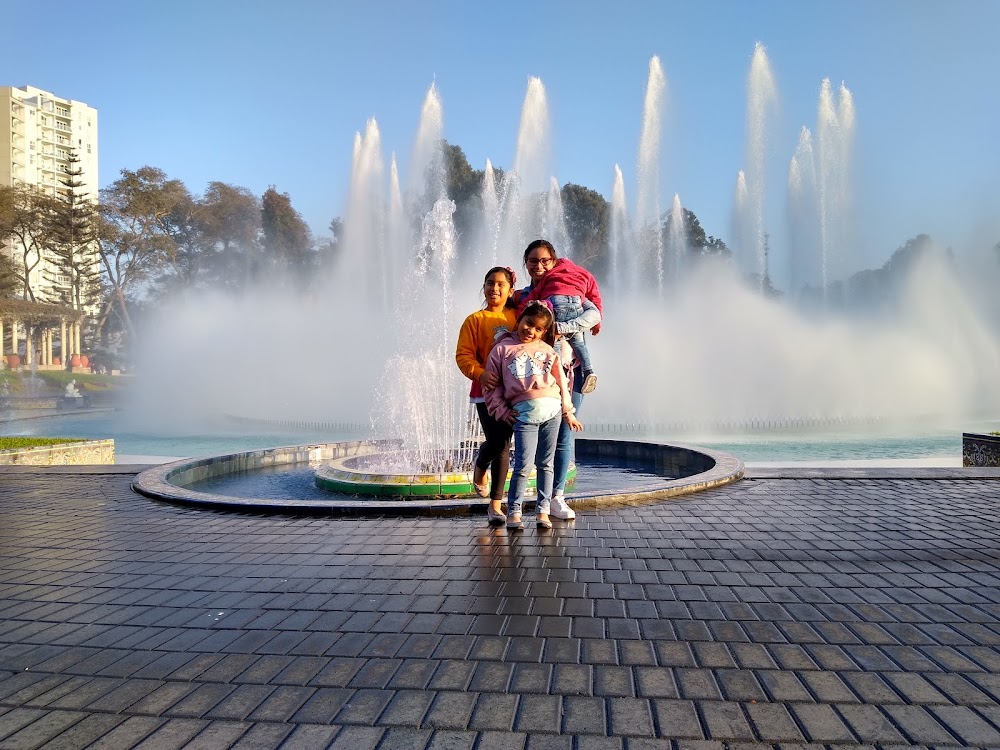San Francisco Monastery (Monasterio de San Francisco)
Overview
Situated in the heart of Lima, Peru, the San Francisco Monastery, or "Basílica y Convento de San Francisco," is one of the city's most iconic and historical landmarks. Founded in 1535 alongside Lima itself, this monastery has stood as a significant religious, cultural, and architectural site for nearly five centuries. Visitors are treated to a fascinating glimpse into Peru's colonial past through its stunning Baroque architecture, extensive library, and famous catacombs.
The monastery is a true masterpiece of colonial Baroque architecture. Its ochre-colored façade, intricate wooden doors, and beautifully carved stone portal immediately capture attention. Inside, the grandeur continues with high vaulted ceilings, opulent altars, and detailed woodwork that showcase the artistry and craftsmanship of the era. A highlight is the breathtaking Moorish-style choir ceiling, which boasts intricate wooden designs that have amazed visitors for generations.
One of the most captivating features of the San Francisco Monastery is its extensive library, which houses approximately 25,000 ancient texts and manuscripts. Some of these date back to the 15th century and include rare editions of the Bible, alongside numerous works on theology, philosophy, and history. This library serves as an invaluable resource for historians and scholars, offering well-preserved texts that provide insights into the knowledge and religious thought of past centuries. For visitors, the opportunity to see these ancient volumes up close is a humbling experience that connects them to a bygone era of learning and devotion.
Beneath the serene beauty of the church and monastery lies an eerie yet fascinating feature—the catacombs. Discovered in 1943, these underground passageways served as Lima's first cemetery, with the remains of around 25,000 individuals resting here. The bones and skulls are arranged in intricate patterns, providing a visual representation of colonial burial practices and adding a layer of mystery to the visit. Guided tours through the catacombs are available, offering a deeply engaging narrative about the lives—and deaths—of those who once inhabited colonial Lima.
The monastery also boasts an impressive collection of religious art, featuring numerous paintings and sculptures from the 17th and 18th centuries. One of the most renowned works is the "Last Supper" by Marco Zapata, a remarkable interpretation that incorporates Peruvian elements, including local dishes like guinea pig. This blend of European religious themes with local cultural influences exemplifies the rich cross-cultural exchanges that have shaped Peru’s history.
Beyond its architectural and historical importance, the San Francisco Monastery plays an active role in the spiritual life of Lima. Daily services and religious ceremonies are still held here, preserving the building’s original purpose as a place of worship and community gathering. Additionally, the monastery is home to a community of Franciscan friars who continue their predecessors' work in various charitable and spiritual missions.
For those planning a visit, the monastery is conveniently located in Lima’s historic center, close to other major attractions such as the Plaza Mayor and the Archbishop’s Palace. It is open to the public daily, though it is advisable to check specific opening hours and tour times in advance. Whether you are an architecture enthusiast, a history buff, or simply looking to experience one of Lima's most unique attractions, the San Francisco Monastery offers a rich, immersive experience that encapsulates Peru's colonial heritage.
In summary, the San Francisco Monastery is more than just an architectural marvel; it is a repository of history, art, and spirituality. Its stunning architecture, fascinating catacombs, and invaluable library make it a must-visit destination for anyone traveling to Lima. The blend of cultural influences visible in the artwork, along with its ongoing role as a religious center, ensures that the monastery remains both a historical treasure and a vibrant part of the community. Don’t miss the opportunity to explore this remarkable site and delve into the rich tapestry of Lima's past.


